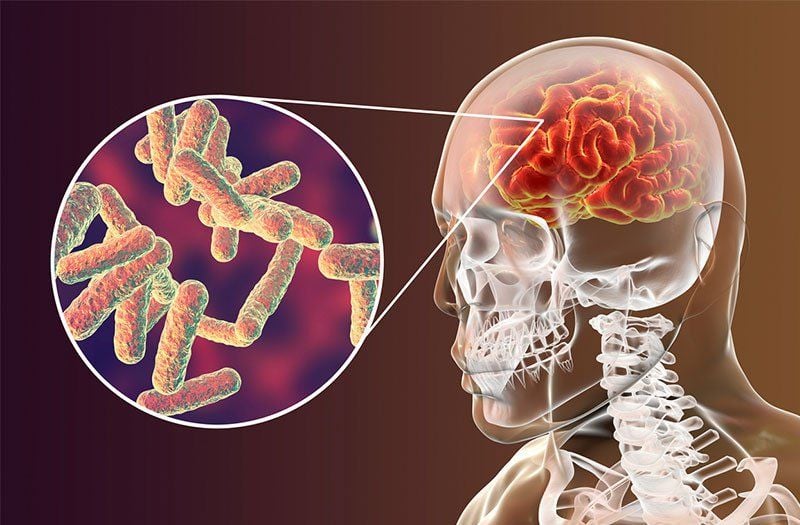A groundbreaking study from the University of Buffalo (UB) and the Jackson Laboratory (JAX) has unveiled fascinating insights into the genetic underpinnings of our dietary preferences, particularly our love for carbohydrates like bread and pasta.
Researchers suggest that the human ability to digest starchy foods may trace back to ancient DNA, predating the advent of agriculture and even the divergence of modern humans from Neanderthals. This discovery opens new avenues for understanding how ancient adaptations have shaped our modern diets.
The Role of the AMY1 Gene
Central to this study is the starch-digesting salivary amylase gene (AMY1), a key player in the breakdown of carbohydrates. This gene enables the conversion of starch into glucose, which serves as a primary energy source for the body. An important aspect of the AMY1 gene is its variability among individuals; those with more copies of the gene are typically better equipped to digest starchy foods such as bread, pasta, potatoes, and rice.
Recent research has revealed that the duplication of the AMY1 gene—a genetic mutation that results in additional copies of a gene—may have occurred over 800,000 years ago. This finding significantly alters our understanding of human dietary evolution, suggesting that early humans were already adapting to starch-rich diets long before farming became a staple of human life.
Historical Context of AMY1 Gene Duplication
The implications of this research are profound. According to Omer Gokcumen, a professor in the Department of Biological Sciences at UB and a co-author of the study, the underlying principle is clear: “The more amylase genes you have, the more amylase you can produce, and the more starch you can digest effectively.” This mechanism indicates that the capacity for starch digestion was not merely a byproduct of agriculture but rather an adaptive trait that has been integral to human survival for hundreds of thousands of years.
In analyzing the genomes of 68 ancient human specimens, including a remarkably well-preserved 45,000-year-old specimen from Siberia, the researchers discovered that even pre-agricultural hunter-gatherers possessed multiple copies of the AMY1 gene. This adaptability implies that early humans traversed across Eurasia with a robust ability to digest carbohydrates, enabling them to thrive in various environments long before the widespread consumption of cultivated starchy foods became prevalent.
Links to Neanderthals and Denisovans
An intriguing aspect of the study is its exploration of the genetic connections between modern humans and our ancient relatives, such as Neanderthals and Denisovans. The researchers found that these hominins also exhibited similar duplications of the AMY1 gene, indicating that the capacity to digest starch was likely present in their genetic makeup as well. This discovery suggests that the evolutionary groundwork for starch digestion was laid before the split between modern humans and these ancient species, enriching our understanding of the shared genetic heritage among early humans.
Kwondo Kim, one of the study’s lead authors from the Lee Lab at JAX, elaborated on the significance of these findings. He stated, “The initial duplications in our genomes laid the groundwork for significant variation in the amylase region, allowing humans to adapt to shifting diets as starch consumption rose dramatically with the advent of new technologies and lifestyles.” This adaptability highlights how genetic variations can influence dietary practices over millennia, underscoring the dynamic interplay between our genes and our environment.
Evolution of AMY1 Gene and Modern Diets
Moreover, the study provides crucial insights into how the AMY1 gene has continued to evolve, particularly among European populations over the last 4,000 years. As farming practices flourished and starchy foods became more prominent in the diet, the number of AMY1 gene copies in European farmers increased. This genetic adaptation was likely a response to the heightened consumption of carbohydrates, illustrating the evolutionary pressures that shaped human diets in response to changing food sources.
The findings from this study have broader implications for our understanding of modern diets. The increased ability to digest carbohydrates may explain the contemporary human preference for starchy foods, reinforcing the notion that our genetic makeup continues to influence our dietary choices. As society evolves and food production methods change, our ancient DNA plays a crucial role in determining how we metabolize and enjoy the foods we consume today.
Research Methodology and Findings
The researchers employed advanced genome mapping and sequencing techniques to trace the evolution of the AMY1 gene, shedding light on the timeline of genetic adaptations that have impacted human diets over millennia. By analyzing the genomes of various ancient human specimens and comparing them with modern populations, they were able to construct a detailed narrative of how humans have adapted to starch-rich diets through genetic variation.
The study, published in the journal Science, underscores the importance of ancient DNA in understanding the evolution of human diets. It illustrates how genetic adaptations not only facilitated survival in challenging environments but also shaped the culinary preferences that characterize modern societies. The ability to efficiently digest carbohydrates has not only been a matter of survival but has also contributed to the cultural and culinary richness we see today.
Key Takeaway
The research conducted by the University of Buffalo and the Jackson Laboratory reveals that our affinity for carbohydrates is deeply rooted in our evolutionary history. The study highlights the significance of the AMY1 gene and its duplications, suggesting that humans developed the ability to digest starchy foods much earlier than previously believed.
This ancient genetic adaptation has played a pivotal role in shaping modern human diets, illustrating the intricate relationship between our genetic makeup and our nutritional choices. As we continue to explore the links between our ancestry and dietary preferences, this research lays a foundation for understanding how our past continues to influence our lives today.










